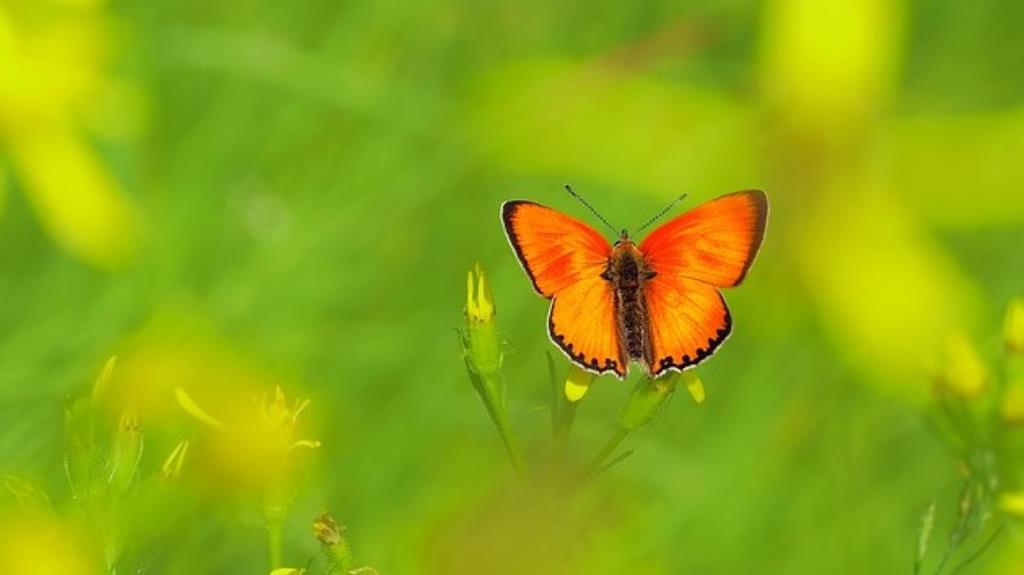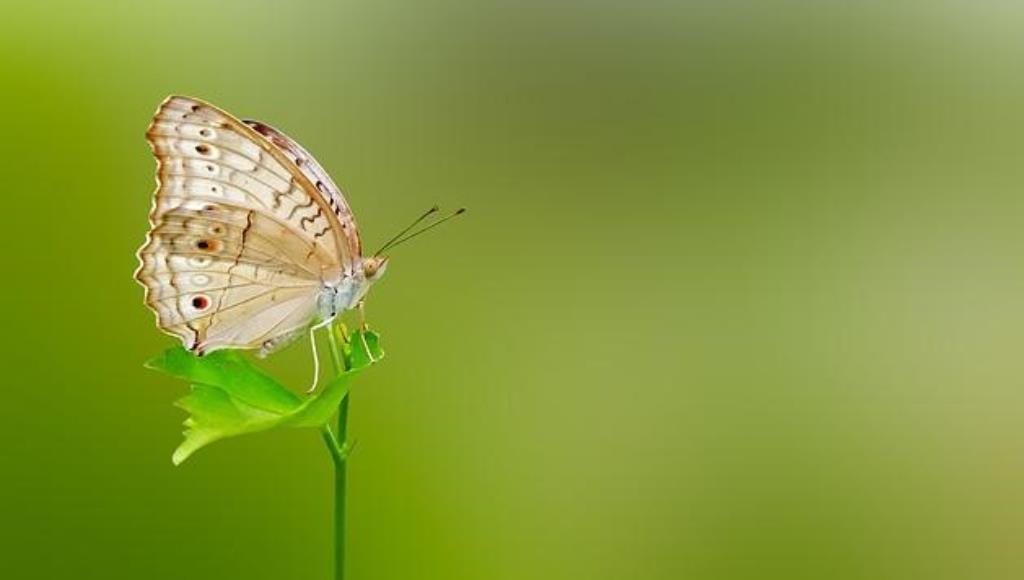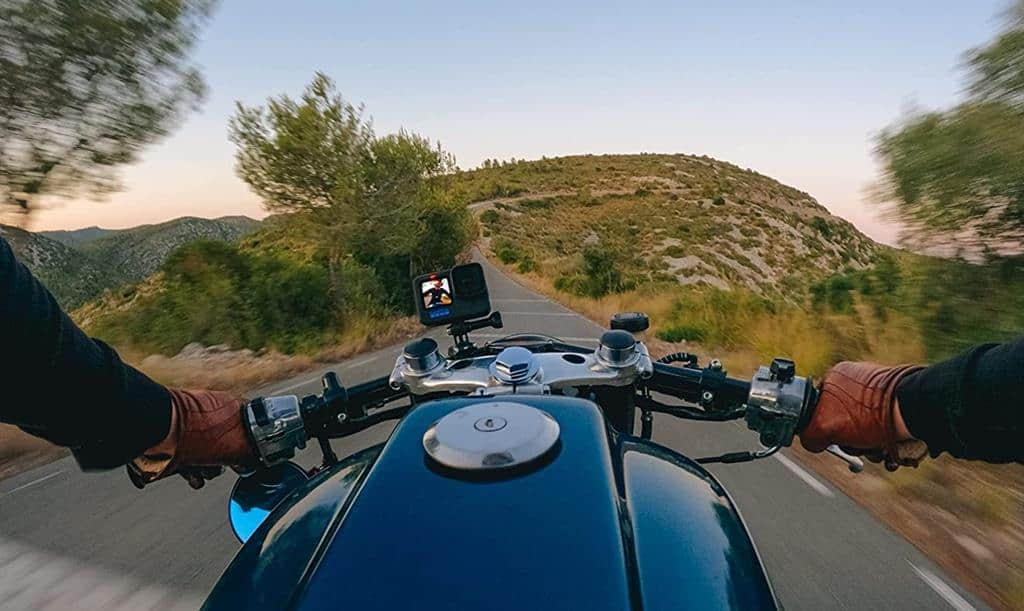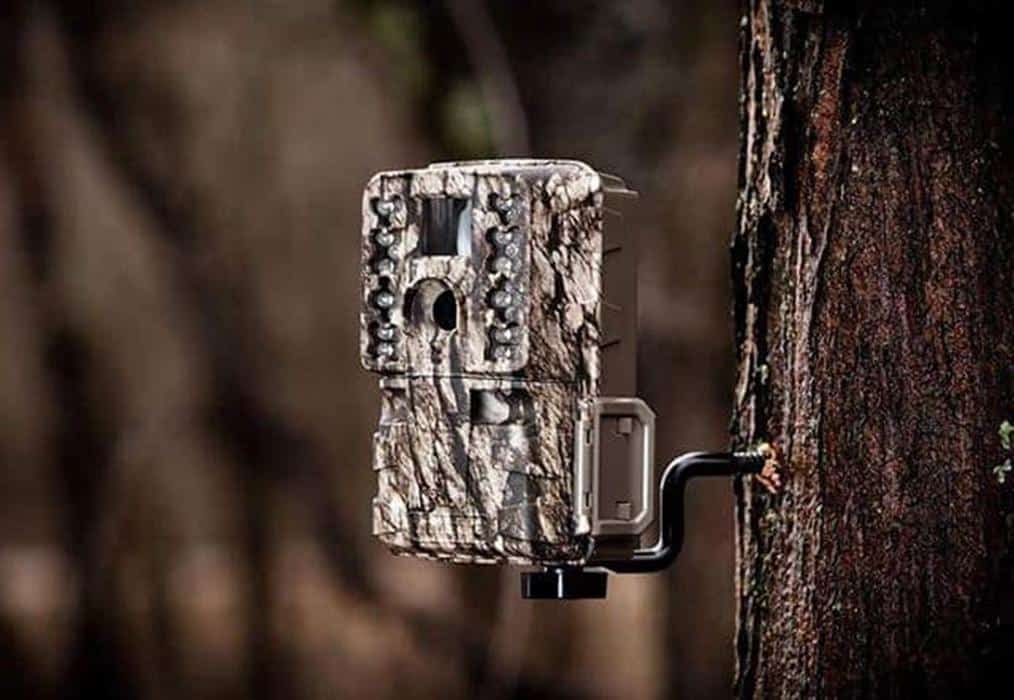Macro photography has changed the world of detailed images because you can get the tiniest details from a good-quality macro image. But most beginners think that they’ll need a DSLR for macro photography. Well, that’s not entirely true. A point-and-shoot digital camera will be enough, but you have to know some tips and tricks.
So what are the macro photography tips for point-and-shoot digital cameras? The basic tip would be to grasp the camera as still as possible so that the image doesn’t get blurry and keep practicing with different subjects from different angles.
But there’s more than meets the eye. You’re exactly where you’ll get to know what macro photography is and how to be an expert on it. So let’s get started.

What Is Macro Photography?
If you’ve ever wondered what it’s like to picture something that is so tiny that you can’t even see it in the real world, that’s known as macro photography. When compared to close-up photography, the magnification provided by macro photography is greater.
To take macro photos, you just switch to macro mode, and your camera will automatically adjust its settings. For example, the widest aperture is used in macro photography.
So in macro photography, for instance, if you’re capturing a bug, you’ll capture the majority of the bug’s head, with the rest of its body becoming softly blurred in the backdrop. Using this, your subject will be more prominent than if you were shooting in any other setting.
Equipment You’ll Need For Macro Photography
Camera
For cameras, there are two options: point-and-shoot digital cameras and DSLR cameras.
If you’re a beginner and want to do macro photography, then point-and-shoot cameras are a great option to start with. Simply said, it’s the cheapest and easiest method to shoot stunning macro and close-up photos, with no extra equipment required.
However, the photographs won’t be as precise, detailed, magnified, and high-quality as those taken with a DSLR camera with a specialist macro lens.
Now, if you want to upgrade your macro photography, you can switch to DSLR cameras.
Macro Lenses
Macro lenses are a necessity for macro photography. These lenses can focus from infinity to a 1:1 magnification ratio. Moreover, Tilt-shift macro lenses are also available, allowing you to alter the depth of focus in your close-up.
Nevertheless, Longer focal length macros make it simpler to isolate and isolate your subject from the foreground and backdrop when employed at close range and wide apertures.
However, wide-angle macros allow you to get up and personal with your subject while preserving the fine details of its surroundings.

Extension Tubes
Your lens’s minimum focusing distance can be reduced by employing extension tubes attached between the lens and camera body. If you have a longer tube to work with, you can get closer to the topic.
Rail And Bellows
A focusing rail and bellows might help you improve your macro photography abilities if you’re ready to take things to the next level.
Your camera may be attached to a focusing rail, which allows for accurate focusing of your subject. The x and y axes of your camera are also programmable. They also come pre-calibrated in centimeters, so you can precisely concentrate on the millimeter level.
Extension tubes and focus rails combine to make up a bellows. Precision control and magnification may be achieved with one device.

Macro Photography Tips For Point and Shoot Digital Cameras
By implementing some tips in macro photography, you can actually take images like experts. That’s why some tips are given below here.
Selection Of Macro Mode
The first tip will be select the macro mode because surprising many users forgot to turn on the macro mode. Basically, the macro mode is to get a more focused view of an object than usual.
Nevertheless, this mode will make sure that your subject is on the focus, not the surroundings.
Concept of Focal Length
As macro photography works with a very sharp aperture, it’s important to understand the basics of the depth of the field you’re working with. This means in macro photography; your subject could be as thin as a razor.
So to get into the depth, you have to work with a very shallow focal length such as f/5.6 to f/11. However, depending on the lens, diffraction might cause photographs to lose sharpness when they’re shot at f/16 and beyond; this is due to a quirk of the physical world.
It might sound so simple, but you have to practice getting the smallest aperture so that you can enhance the image quality.
Moreover, keep in mind that you’ll need bright light to get the perfect aperture, so if you can’t afford artificial light, it’s better to shoot in daylight.
Using a tripod
If you’re working in less light or holding a camera for a long time, there might be a blurred image. So to avoid any blur or defective image, the best way is to use a tripod so that you can hold the camera still.
Not only that, by using a tripod, you’ll get a slower shutter speed that’ll create a balance between smaller apertures and will provide a series of lot more precise images so that you can choose one from that.
When photographing in low light or continuous flash, a tripod allows you to use slower shutter rates. It’s much easier to compose a shot using tripods since they free up your hands to do other things like change the backdrop or place strobes.
In addition, you may choose to use a remote shutter release to snap a picture without adding any movement to your camera.

Focus
Manual focusing may be frightening if you’re accustomed to your camera’s excellent autofocus prowess. But you’ll have more control and accuracy with manual focusing than you would with autofocus.
Using a tripod and a focus magnifier makes manual focusing much simpler, and you can make full use of it.
Flash
As mentioned, you’ll need bright light for a perfect macro image. However, flash is important when there’s not enough sunlight.
When it comes to tiny cameras, you’re restricted in what you can do with your flash. As a consequence, you need to choose a time of day when there is lots of light available.
To determine whether your camera has a setting that enables you to reduce the brightness of your flash, consult the manual. If it doesn’t work, then you could try dispersing it somehow.
Furthermore, there’re a number of ways you may improve your lighting situation, including using a reflector to help you get the most out of the light you already have. Try out a few different lighting setups to see what works best.
Aperture
Aperture plays a very important role in macro photography, and it also influences the focal length and the focus of your subject. Basically, depth of field is measured in f-numbers, and the lower the number, the shallower the depth of focus is. The higher the number, the bigger the depth of field is.
Using a smaller aperture will let you get more of your subject in focus, while a larger aperture will allow you to concentrate on a smaller section of the subject and throw the remainder out of focus.
Customizing The Background
Capturing a macro image isn’t that tough if you have extreme control over the location, focus, and, most importantly, the background. The next thing you have to make sure about the background is that it should complement your whole setup.
In order to make things simple, many photographers like to place their subject in front of an opposing backdrop that is placed far enough from the subject so that the background blurs into a lovely foreground.
Capturing Images From Different Angle
In the beginning, mostly the photographers make a mistake in that they keep capturing images from the same angle, which makes the photos boring and monotonous.
That’s why the thumb rule of macro photography is to keep experimenting. You have to take photos from different angles and find the perfect one for a particular subject.
ISO
You may mix narrower apertures and quicker shutter speeds by adjusting the ISO sensitivity.
Low ISO settings, such as ISO 100, ISO 200, and ISO 400, can give you the greatest picture quality. When you select a tiny photograph in low light at certain sensitivity levels, the shutter speed may become too sluggish to obtain crisp images.
Increased ISO sensitivity allows you to utilize a quicker shutter speed, but it also increases picture noise, which is the digital counterpart of film grain. You may lessen this by increasing the camera’s High ISO Speed Noise Reduction strength.
Conclusion
Hopefully, till now, you got to know some amazing macro photography tips for point and shoot digital cameras.
Macro photography is simple; you just need the equipment and some practice. So keep in mind the tips mentioned earlier if you want to increase your photographic skills.



